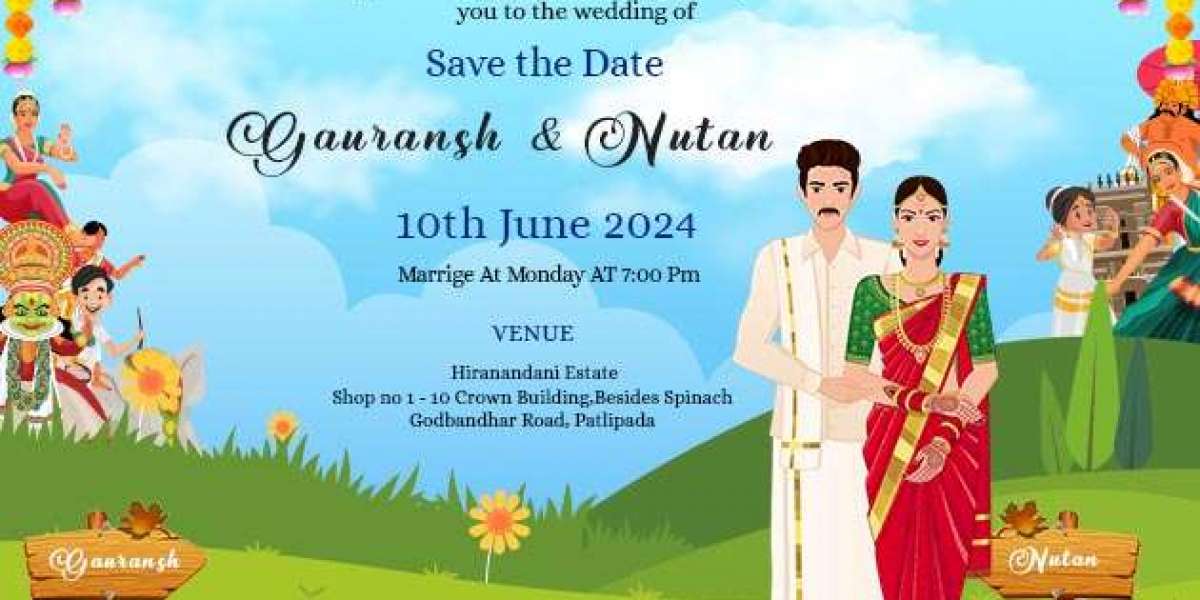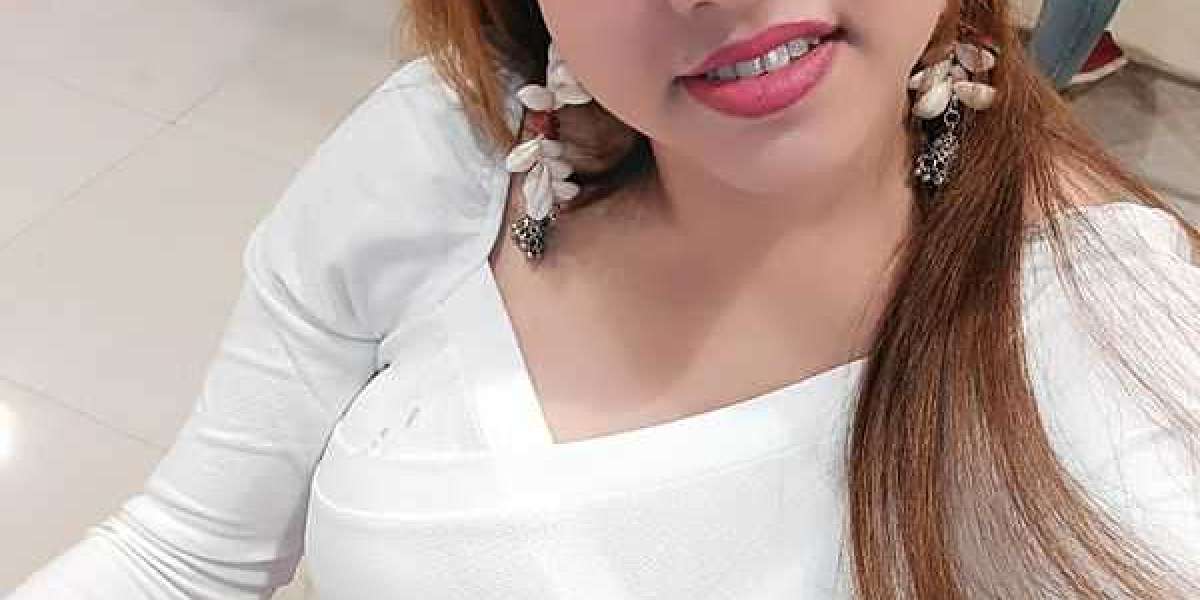Weddings are a once-in-a-lifetime event, especially in India, where cultural traditions are deeply woven into the fabric of each ceremony. In Telugu weddings, the wedding card serves not only as a formal invitation but also as a prelude to the grandeur and emotional depth of the event. Telugu wedding cards are unique because they represent a fusion of tradition, modernity, and aesthetic appeal. For families looking to make their weddings extraordinary, these cards serve as the first impression of the upcoming celebration.
Understanding the Importance of Telugu Wedding Cards
Telugu weddings, like other Indian marriages, are steeped in cultural and religious symbolism. The wedding invitation card is not merely a piece of paper but a significant artifact that reflects the values, heritage, and sentiments of the family. Each element on a Telugu wedding card—be it the colors, motifs, or text—is carefully chosen to evoke the spiritual and cultural ethos of the event.
The card design sets the tone for the wedding, communicating the theme, mood, and formality of the event. Moreover, in the Telugu community, the invitation is often the first tangible experience of the wedding for the guests, making it a critical aspect of wedding planning.
Traditional Designs: Merging Culture with Elegance
One of the standout features of Telugu wedding cards is the intricate, symbolic designs that pay homage to ancient traditions. Traditional designs often feature religious symbols like Lord Ganesha, who is worshipped at the beginning of auspicious events to remove obstacles, and mangala sutra, which represents the union of the couple. These motifs, when coupled with elegant calligraphy in Telugu, add a divine charm to the invitation.
- Peacock motifs: Symbolizing beauty, grace, and prosperity, peacock designs are often used in Telugu wedding invitations.
- Mandap illustrations: Many Telugu wedding cards feature beautifully drawn images of the wedding mandap, where the holy ceremony takes place. This is a visual representation of the sacred space the couple will share as they take their vows.
- Temple imagery: Incorporating imagery of temples and deities not only highlights the spiritual aspect but also gives a traditional, sacred aura to the invitation.
Modern Telugu Wedding Cards: A Fusion of Tradition and Contemporary Styles
While traditional designs hold significant importance, modern Telugu wedding cards are equally appealing with their innovative styles and creative layouts. Today, many couples opt for a blend of modern minimalism and traditional opulence, creating a unique hybrid design that appeals to both older and younger generations.
- Minimalistic layouts: Modern Telugu wedding cards often feature minimalistic designs with clean lines, muted colors, and elegant fonts. These designs exude a sense of class and sophistication.
- Digital invites: With the rise of digital platforms, many Telugu couples are embracing digital wedding invitations. These eco-friendly, cost-effective alternatives can still incorporate all the traditional elements while being modern in presentation.
- Photo cards: Adding a personal touch, many couples include their pre-wedding photographs in the design, giving the invitation a unique identity.
Key Elements of a Telugu Wedding Card
To create a memorable and effective Telugu wedding invitation, certain elements must be included that resonate deeply with Telugu culture.
Religious Symbols: As Telugu weddings are highly traditional, symbols such as Om, Swastika, Kalash, and images of Lord Venkateshwara or Lord Ganesha are a must.
Invoking Blessings: The wedding card typically begins with an invocation to deities, seeking their blessings for a prosperous and happy married life.
The Family Lineage: In Telugu families, the family name and ancestry are highly valued, and this is often showcased on the invitation.
Traditional Color Schemes: Red, gold, and cream are popular choices, symbolizing purity, prosperity, and happiness. These colors are often contrasted with other vibrant shades like emerald green or royal blue to give the card a regal touch.
Content and Wording: The wording on a Telugu wedding card is often a combination of formal Telugu and English. It reflects the humble request of the families for the presence of their loved ones at the ceremony. The invitation text typically includes the date, time, venue, and the names of the couple and their parents. A Telugu verse or a blessing from ancient scriptures can also add a cultural touch.
Types of Telugu Wedding Cards: From Simple to Grand
Traditional Cards: These are typically very elaborate, often printed on thick, textured paper with embossed gold lettering and ornate borders. Some cards even come with silk covers or are designed in the form of a scroll, resembling royal invitations from ancient times.
Luxury Wedding Cards: For those looking to create a truly opulent experience, luxury Telugu wedding cards feature materials such as velvet, crystals, and satin ribbons. These cards are more than just invitations—they are keepsakes, meant to be cherished long after the wedding.
Eco-Friendly Cards: Sustainability is an increasing trend in the wedding industry. Eco-conscious couples now opt for handmade paper, recycled materials, and soy-based inks to reduce their carbon footprint while maintaining the elegance of the invitation.
Customization: Making Your Telugu Wedding Card Unique
Customization is key when it comes to Telugu wedding cards. Couples can personalize their invitations by incorporating elements that represent their journey together. This can be done through:
Personalized Monograms: Many modern Telugu wedding cards feature a custom monogram of the couple's initials, symbolizing the merging of two families.
Unique Themes: Themes like floral arrangements, traditional fabrics, or even specific Telugu folk art like Kalamkari can be used to create a visually cohesive invitation.
Multilingual Invitations: With Telugu-speaking families spread across the globe, wedding cards often include translations in English or Hindi, ensuring that all guests can feel included.
Choosing the Right Vendor for Your Telugu Wedding Cards
Finding the right vendor to design and print your Telugu wedding cards is a crucial step. The vendor should be experienced in understanding cultural nuances and offer a wide variety of customization options. Whether opting for handcrafted invites or digital designs, the vendor should be able to deliver a final product that matches the couple’s vision and style.
When selecting a vendor, consider:
Portfolio of Work: Review the vendor’s previous designs to ensure they align with your vision.
Customer Reviews: Look for testimonials from other Telugu couples to assess the quality of service.
Turnaround Time: Make sure the vendor can deliver the invitations in a timely manner, especially if you are opting for custom designs or intricate details.
Conclusion: Crafting the Perfect Telugu Wedding Invitation
Creating a Telugu wedding card involves more than just choosing a design; it’s about crafting an invitation that honors your culture, reflects your personality, and sets the tone for one of the most important days of your life. Whether you opt for traditional, modern, or a mix of both, the right invitation will not only impress your guests but will also become a cherished keepsake for years to come.






